Red Bull chief engineer Paul Monaghan hailed the "magical work in Milton Keynes" that delivered the team's radical-looking car changes for the Mexico City Grand Prix.
The six-time constructors' champion has introduced a cooling package for the weekend at the Autodromo Hermanos Rodriguez, which is, geographically, the highest point of the F1 season.
Sitting 2,238 metres above sea level, the high altitude and the subsequent thin air mean there is 20 percent less oxygen.
As a consequence, the cars run hotter and extreme measures are taken to help cooling, with particular attention paid to the power unit.
Speaking to media, including RacingNews365, Monaghan reflected on the challenge, saying: "It's probably the most difficult one [grand prix] for cooling, because the engine is less affected if you can tune it appropriately.
"There's just nowhere to cool the thing, is there?
"So you've got a turbocharged engine that doesn't know it's at high altitude, and you've got radiators that haven't got any air, and brakes haven't got any air. So this is one of the bigger challenges in that respect.
"Singapore was pretty tough temperature-wise, Hungary is normally brutal, but it's nearer sea level, but Hungary's got no air speed.
"Here we get plenty of air speed, just no air. So it's one of the difficult ones in that respect."
Viewed by others:
'Different' because Red Bull 'choose to be'
Red Bull has opted to buck the usual trend with the cooling louvres (vents) on the engine cover of the RB21.
When asked to explain why that was the case, Monaghan detailed the reason for the team's approach.
"Well, we are allowed to be different, so we choose to be," the 58-year-old Briton replied.
"It depends on how you want to do it with the top body exit, what you take out down by the wishbones — if you go and look at a certain orange car, you'll see some exits down by the wishbones.
"Us, we choose to bring out a combination of: via the louvres and via the central exit. And what you choose to distribute, you choose to distribute.
"Different way to look at it is, how much air do you need to push through your sidepods to get the cooling?
"Once you've done that, then you've got an indication of your exit area. Most cars are exit limited, not inlet limited, so you're opening up the exit first.
"And how they choose to do it is down to their top body shape, and how they spill it on the rear wing."
The cooling package comes as part of a suite of changes to the RB21 for the round in Mexico, which includes further alterations to the floor, front braking and edge wing.
Given the sweeping regulations changes for the 2026 season, the vast majority of resources at F1 teams will be geared towards next season.
However, Monaghan maintained it will be "all worth it" if it further aids Max Verstappen's late charge towards a fifth-consecutive F1 drivers' championship against the McLarens of Oscar Piastri and Lando Norris.
"The redistribution of cooling exits was found when we went through the last iteration of top body [work], and we thought, 'Oh, we've missed that one. We can get it in here, though'," he explained.
"And some magical work in Milton Keynes, and it's here. So all credit to everybody that pitched in and got that done, because... we're in the midst of '26, yet we've managed to do that for here. So if we enjoy the benefits of it, then it's all worth it, wasn't it?"
Check out the revised cooling louvres on the Red Bull below!
Don't miss out on any of the Formula 1 action thanks to this handy 2026 F1 calendar that can be easily loaded into your smartphone or PC.
Download the calenderMost read
In this article
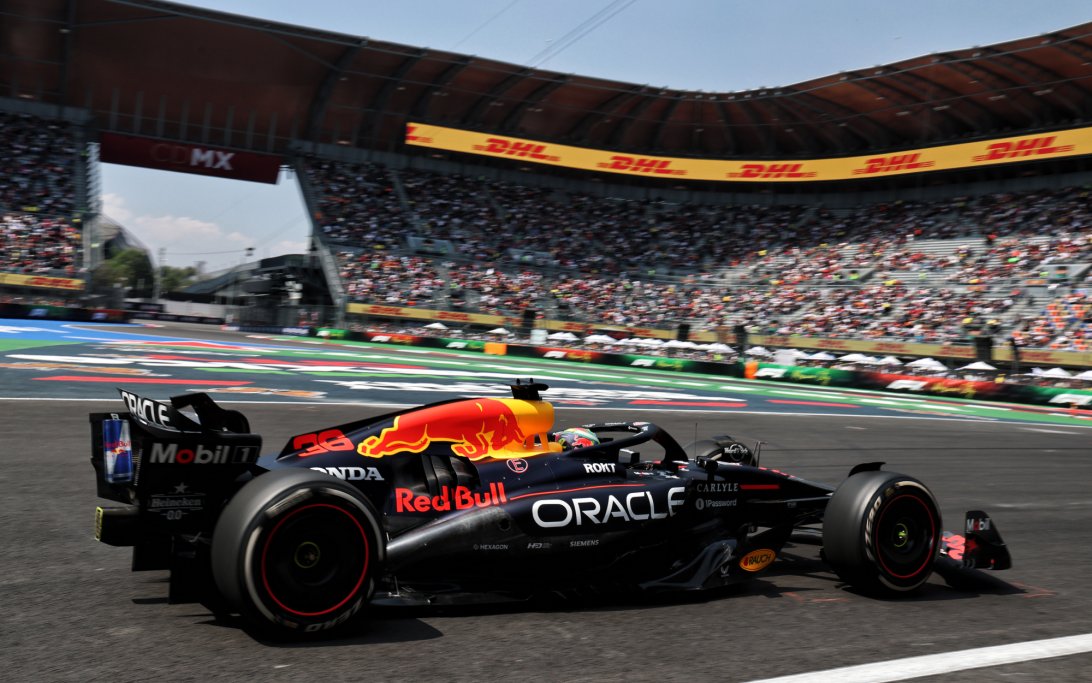
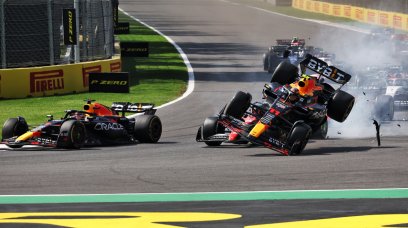
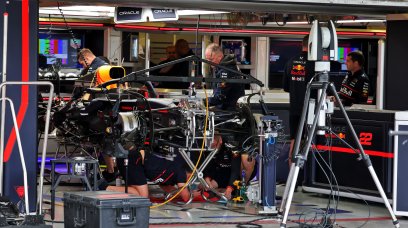
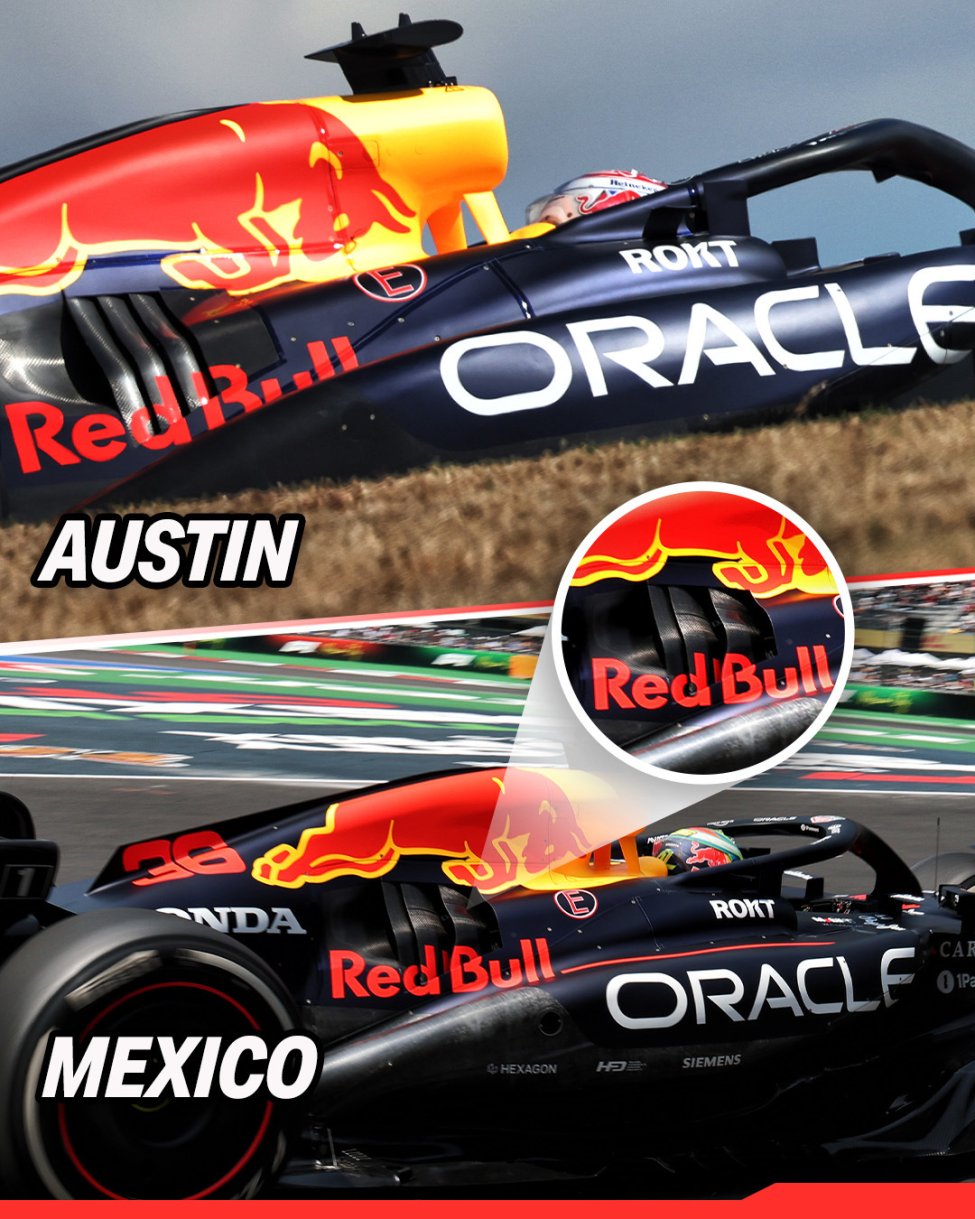
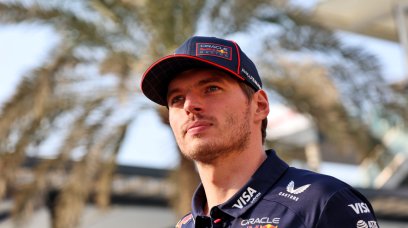
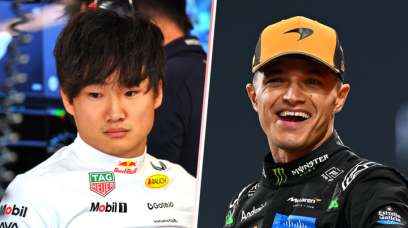
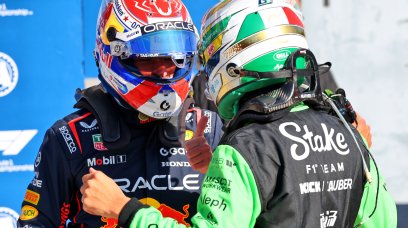

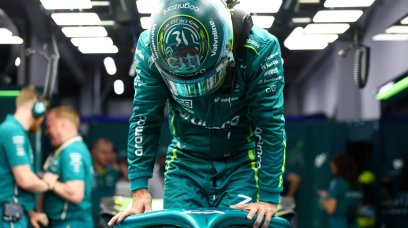

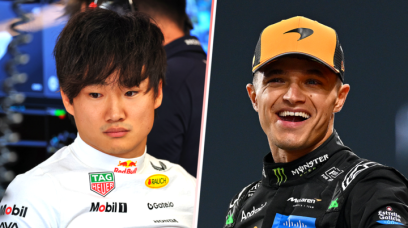
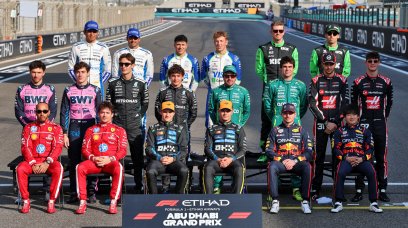
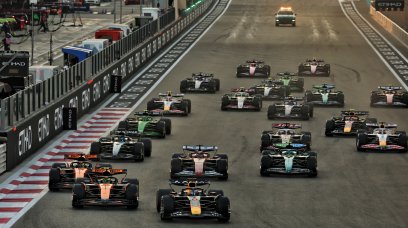
Join the conversation!